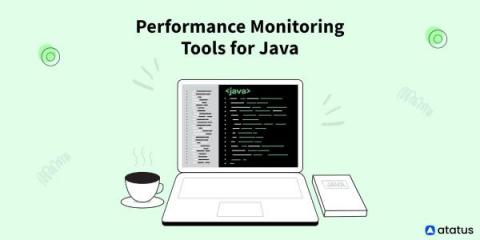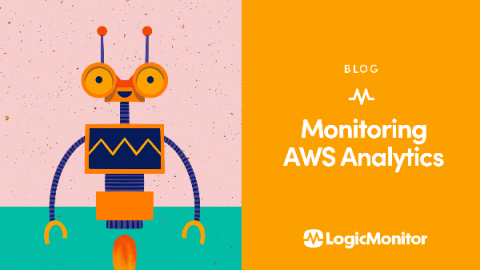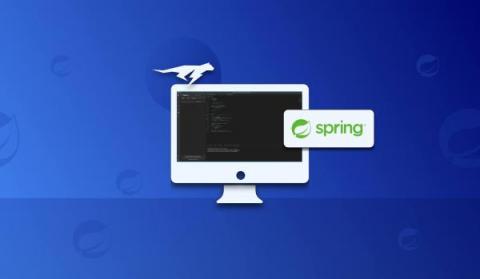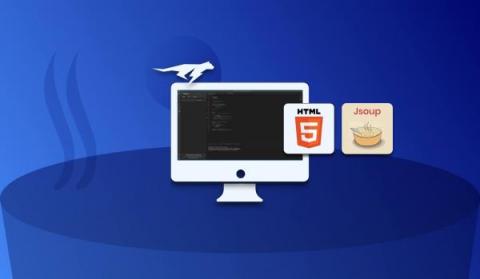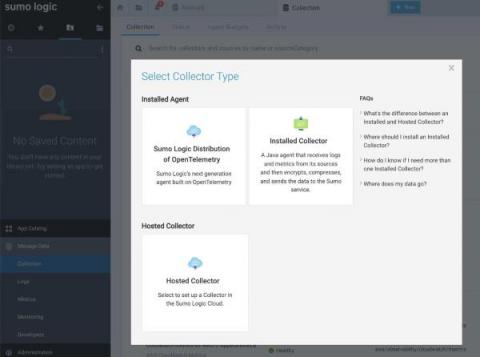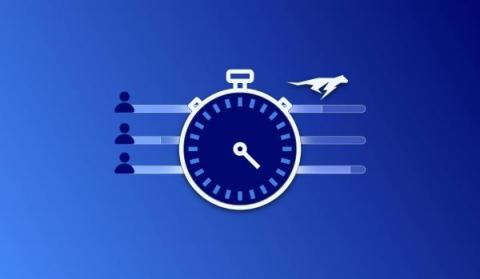13 Best Performance Monitoring Tools for Java
The Java programming language is simple to learn and use, and it is frequently used by web developers to create applications. However, monitoring the performance of a Java-based application might be difficult because it is not a simple process. Implementing multiple monitoring tools to track Java logs, metrics, infrastructure data, and other operational factors is necessary for troubleshooting inefficiencies.


